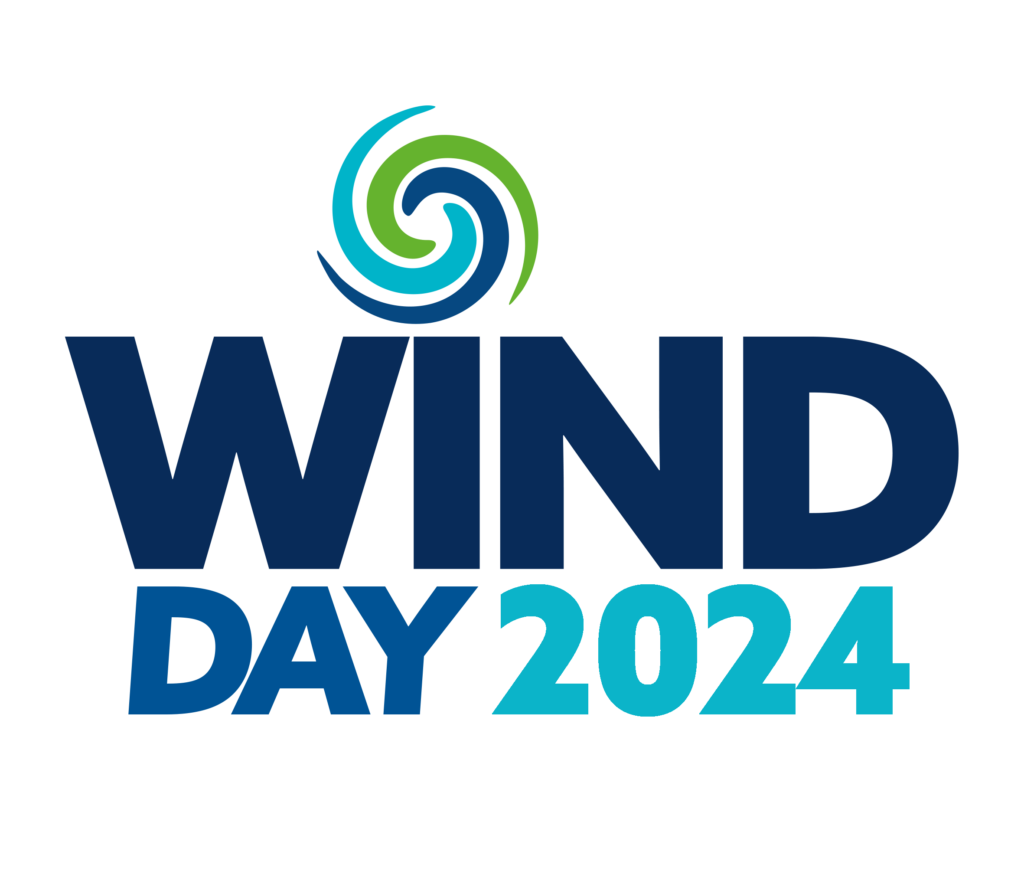Equinor is, together with leading research centre NORCE Research, testing a new method analysing environmental DNA (eDNA). This method can be used to map effects from floating wind on fish that inhabit the waters and potentially use areas suitable for floating wind to feed and reproduce in their migratory cycles.
Hywind Scotland, the world’s first floating offshore wind farm, is operated by Equinor. As the first wind farm of its kind Equinor is collaborating with others to undertake various studies and environmental assessments, in order to understand more around floating offshore wind technology.
Measuring fish biodiversity (the different fish species that inhabit a given area) is a method to understand the effects from offshore installations on marine habitats. In the Hywind Scotland offshore wind farm pilot study, by taking water samples and analysing the environmental DNA (eDNA) contents Equinor can begin to map any potential effects from floating offshore wind farms on marine life.
Traditionally, gathering information on fish biodiversity can be both time- and resource consuming, and also potentially disruptive to the environment. A common method is to use dedicated vessels to trawl areas over time to catch and study fish, in addition to echo sonars to locate and estimate amounts.
Using eDNA is more sustainable, cost effective and provides increased sensitivity in analysis.
By using eDNA analysis, Equinor is testing a novel and promising way to document the diversity of species in the environment, and in this way, help evaluating the effects from FOW on marine fish.
As a new method, part of the study scope is to assess the viability of using eDNA in marine studies.
If the results from the recently concluded pilot study are viable, it could enable offshore developers to gather information on marine biodiversity more effectively, with less disturbance to the environment and with lower CO2 emissions.
Equinor has over ten years operational experience in floating offshore wind. Using floating turbines means that wind farms can be built in deeper waters, either further out to sea where wind speeds are more consistent, or around coastal areas too deep for fixed bottom foundations.
As the leading floating offshore wind developer Equinor is using a range of techniques to understand more around how floating offshore wind interacts with the environment. A collaboration with Marine Scotland has begun to better understand how fishers can safely fish within a floating wind farm using a variety of techniques, and the company has also undertaken remote surveys to learn more around the subsea effects.
More information?
Visit the WindDay 2023 on the 15th & 16th of June in Lelystad, the Netherlands.


